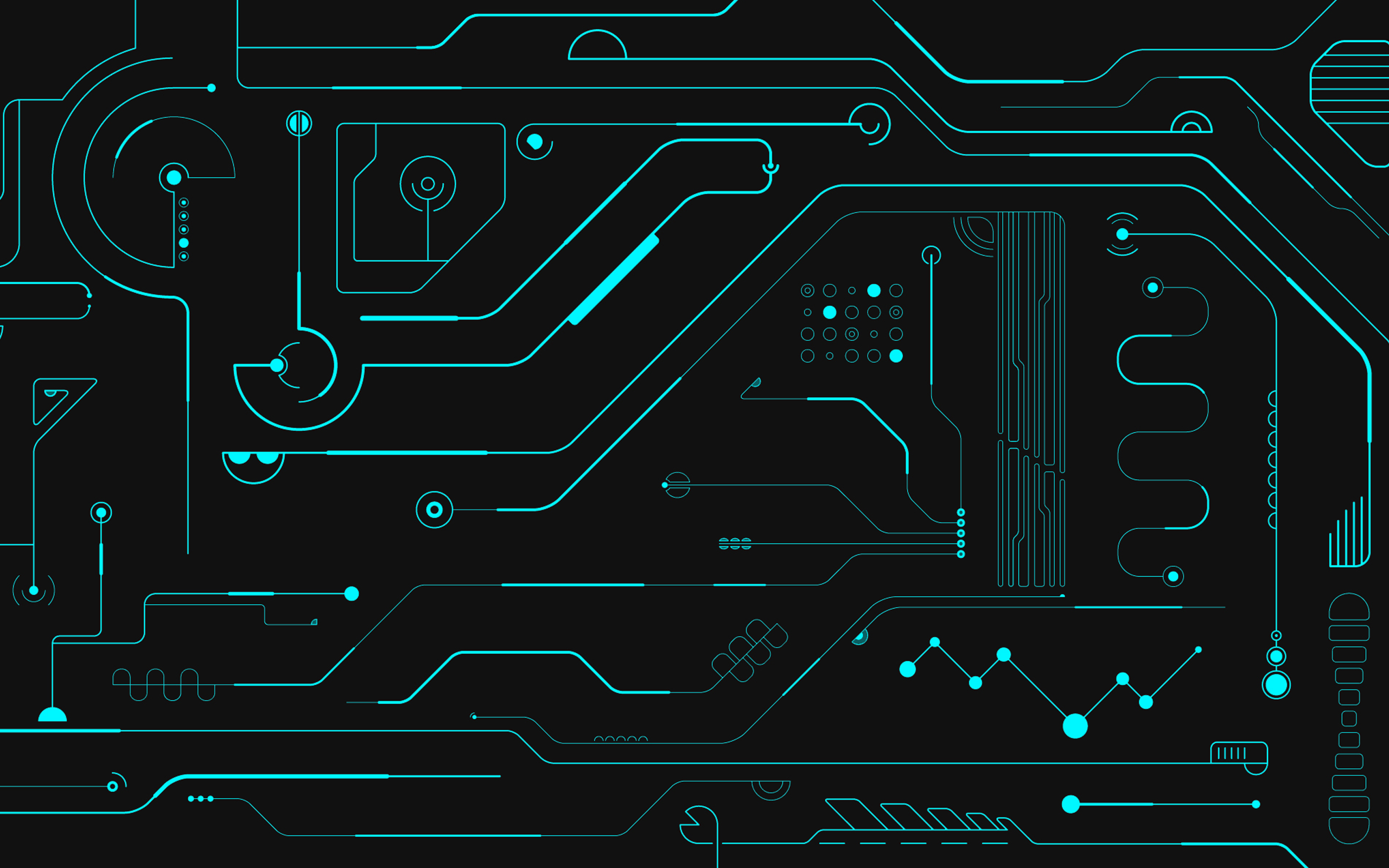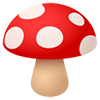-
Posts
239 -
Joined
-
Last visited
-
Days Won
2
Content Type
Profiles
Forums
Articles
Downloads
Gallery
Blogs
Everything posted by In virtute Dei
-
Capcom Play System III Release Date: 1996 Developer: Capcom Manufacturer: Capcom Max Controllers: 2 CPU: Hitachi SH-2, 25 MHz Memory: Various Graphics: N/A Sound: 16-Channel, Stereo Display: 384 x 224 (Standard), 496 x 224 (Widescreen) Media: CD-ROM, Cartridge (BIOS) Overview: The CP System III (CPシステムIII shīpī shisutemu surī) or CPS-3 is an arcade system board that was first used by Capcom in 1996 with the arcade game Red Earth. It was the second successor to the CP System arcade hardware, following the CP System II. It would be the last proprietary system board Capcom would produce before moving on to the Dreamcast-based Naomi platform. Source: https://en.wikipedia.org/wiki/CP_System_III Source: http://www.system16.com/hardware.php?id=799 Source: http://junkerhq.net/xrgb/index.php?title=CPS-III Image Source: Viking
-
Capcom Play System II Release Date: September 1993 Developer: Capcom Manufacturer: Capcom Max Controllers: 2 CPU: Capcom DL-1525, 16 MHz (Secondary, Kabuki DL-030P, 8 MHz Memory: 1329 KN (1 MB FPM DRAM, 304 KB SRAM) Graphics: CPS-A & CPS-B Graphics Processors @ 16 MHz, 32-bit, 4096 On-Screen Colors Sound: Q1 QSound Processor Display: 384 x 224, 512 x 262 (Overscan) Media: ROM Cartridge Overview: The CP System II (CPシステムII shīpī shisutemu tsū) or CPS-2 is an arcade system board that Capcom first used in 1993 for Super Street Fighter II. It was the successor to their previous CP System and Capcom Power System Changer arcade hardware and was succeeded by the CP System III hardware in 1996. Source: http://www.system16.com/hardware.php?id=795 Source: https://en.wikipedia.org/wiki/CP_System_II#Technical_specifications Image Source: Viking
-
Capcom Play System Release Date: July 1988 Developer: Capcom Manufacturer: Capcom Max Controllers: 1 CPU: Motorola 68000, 10 MHz (Secondary CPU, Zilog Z80, 3.579 MHz) Memory: 68 KB RAM Graphics: CPS-A & CPS-B Graphics Processors @ 16 MHz , 16-bit, with 65,536 Colors Sound: Yamaha YM2151, 3.579 MHz, Oki OKI6295, 1 MHz Display: 384 x 224 Media: ROM Cartridge Overview: The CP System (CPシステム shīpī shisutemu) or CPS is an arcade system board developed by Capcom that ran game software stored on removable ROM cartridges. More than two dozen arcade titles were released for CPS-1, before Capcom shifted game development over to its successor, the CP System II. Source: https://en.wikipedia.org/wiki/CP_System Image Source: Viking
-
Atari XEGS Release Date: 1987 Developer: Atari Manufacturer: Atari Max Controllers: 2 CPU: Atari 6502C Memory: 64 KB RAM Graphics: 256 Color Palette Sound: 4 Channel Display: 384 x 240 Media: ROM Cartridge Overview: The Atari XE Game System (Atari XEGS) is a home video game console released by Atari Corporation in 1987. Based on Atari's 8-bit 65XE computer, the XEGS is compatible with the existing Atari 8-bit computer software library. Additionally, it is able to operate as either a stand-alone console or full computer with the addition of its specially designed keyboard. In computer mode, it may utilize the majority of peripherals released for Atari's 8-bit computer line. Atari packaged the XEGS as a basic set consisting of only the console and joystick, and as a deluxe set consisting of the console, keyboard, joystick and light gun. Source: http://www.videogameconsolelibrary.com/pg80-xegs.htm#page=specs Source: https://en.wikipedia.org/wiki/Atari_XEGS
-
Apple IIGS Release Date: September 1986 Developer: Apple Computers, Inc Manufacturer: Apple Computers, Inc Max Controllers: 1 Game I/O Socket CPU: WDC 65C816, 2.8 MHz Memory: 1.125 MB Ram Built in, Expandable to 8 MB Graphics: VGC 12-bpp palette Sound: Ensoniq 5503 Digital Oscillator Chip, 8-bit audio Display: 320 x 200, 640 x 200 Media: 5.25" Floppy & 3.5" Sony Overview: The last member of the Apple // line, The Apple //gs was a also the most powerful. Announced in September 1986, the IIgs was built around a Western Design Center 65C816 processor running at either 2.8 or 1 MHz. It included expanded graphics and sound functions, and was initially offered with 256 kB of RAM, expandable to 8 MB. The IIgs also offered 128 kB of ROM, expandable to 1 MB. The //gs shipped with a Mac-like interface and a //gs-specific OS, and introduced the Apple Desktop Bus (ADB) port Source: https://en.wikipedia.org/wiki/Apple_IIGS#External_connectors Source: http://apple-history.com/aiigs
-
Apple II Release Date: June 1977 Developer: Steve Wozniak/Steve Jobs, Apple Computers, Inc Manufacturer: Apple Computer, Inc Max Controllers: 1 CPU: MOS Technology 6502 Memory: 4kb to 64kb, Depending on the model Graphics: NTSC Video Out Sound: 1-bit speaker Display: Lo-res (40x48) Hi-res (280 x 192 Media: Audio Cassette, 5.25" Floppy Overview: In 1976, computer pioneers Steve Wozniak and Steve Jobs began selling their Apple I computer in kit form to computer stores. A month later, Wozniak was working on a design for an improved version, the Apple II. They demonstrated a prototype in December, and then introduced it to the public in April 1977. The Apple II started the boom in personal computer sales in the late 1970s, and pushed Apple into the lead among personal computer makers. Source: http://americanhistory.si.edu/collections/search/object/nmah_334638 Source: http://apple2history.org/history/ah03/ Source: https://en.wikipedia.org/wiki/Apple_II
-
It's a task I'm happy to do! There is actually a lot that are not filled out now escoecially the newer and obscure ones but I want to get all of them done because when I first joined this community a few months ago I wanted to help but school has been keeping me so busy but I have some free time so I want to do all I can to make LaunchBox and the database awesome!!
-
They sadly did not add any new content, just the overhauls
-
And now for the last one of the night, this obscure Soviet Computer haha, I will Try to get as many done as I can this week with time permitting. Apogee BK-01 Release Date: 1988 Developer: - Manufacturer: ARB Plant Max Controllers: N/A CPU: KR580VM80A, 1.78 MHz Memory: 56.25 kb RAM 4 kb ROM Graphics: Text Only with a Character Generator Sound: KR580VI53, 3-Channel, 1 Bit per channel Display: 64 x 25 Characters, 6 x 8 Pixels Media: CD, Cassette Overview: Apogee BK-01 or Apogey BK-01 (Russian: Апогей БК-01) is a Soviet 8-bit personal computer built on the Radio 86RK basis. It was in a serial production since 1988. Its later version Apogee BK-01C (Апогей БК-01Ц) featured the colour support. Source: https://zak.fi/Apogee_BK-01 Russian Source: https://ru.wikipedia.org/wiki/Апогей_БК-01 Image Source: Viking
-
Amstrad GX4000 Release Date: September 1990 Developer: Amstrad Manufacturer: Amstrad Max Controllers: 2 CPU: 8/16-bit Zilog Z80A,, 4MHz Memory: RAM: 64 kb VRAM: 16 kb ROM: 32 kb Graphics: Sound: 3-Channel Stereo, AY-3-8912 chip Display: Mode 0: 160x200 pixels with 16 colours Mode 1: 320x200 pixels with 4 colours Mode 2: 640x200 pixels with 2 colours Media: ROM Cartridge Overview: The GX4000 is a video game console that was manufactured by Amstrad. It was the company's short-lived attempt to enter the games console market. The console was released in Europe in 1990 and was an upgraded design based on the then still-popular CPC technology. The GX4000 shared hardware architecture with Amstrad's CPC Plus computer line, which was released concurrently. This allowed the system to be compatible with the majority of CPC Plus software. Source: http://www.cpctech.org.uk/docs/arn5new.html Source: https://en.wikipedia.org/wiki/Amstrad_GX4000#cite_note-Arnold_V_Specifications-13
-
Amiga CD32 Release Date: September 17, 1993 Developer: Commodore Manufacturer: Commodore Max Controllers: 2 CPU: Motorola 68EC020, 14.32 MHz(NTSC), 14.16MHz(PAL) Memory: 2 MB Amiga Chip RAM Graphics: 24-bit colour palette Sound: 4 x 8-bit PCM Channels Display: 320 x 200 (NTSC) 320 x 256 (PAL) Media: CD-ROM Overview: The Amiga CD32, styled "CD32" and code-named "Spellbound", is the first 32-bit home video game console released in western Europe, Australia, Canada and Brazil. It was first announced at the Science Museum in London, United Kingdom on July 16, 1993, and was released in September of the same year. The CD32 uses CD-ROM media, and was developed by Commodore, creator of the Commodore 64 computer. Source: https://en.wikipedia.org/wiki/Amiga_CD32
-
Acorn Atom Release Date: 1980 Developer: Acorn Computers Manufacturer: Acorn Computers Max Controllers: N/A CPU: MOS Technology 6502, 1MHz Memory: 2 kb RAM (Expandable to 12), 8 kb ROM (Expandable to 12) Graphics: - Sound: 1 Channel, Integral Loudspeaker Display: 64x64 (4 colors), 64x96 (4 colors), 128x96 (monochrome), 64x192 (4 colors), 128x192 (2 colors), 256x192 (monochrome) Media: 100kb 5 1/4 inch Floppy Disk, Cassette Tapes Overview: The Acorn Atom was a home computer made by Acorn Computers Ltd from 1980 to 1982 when it was replaced by the BBC Micro (originally Proton). Source: https://en.wikipedia.org/wiki/Acorn_Atom Source: http://www.vintageisthenewold.com/acorn/acorn-atom/
-
Aamber Pegasus Developer: Stewart J Holmes, Paul Gillingwater, Nigel Keam, and Paul Carter Manufacturer: Technosys Research Labs Max Controllers: 1 CPU: MC6809C Memory: 4k RAM, later versions had 64k Graphics: N/A Sound: N/A Display: N/A Overview: The Aamber Pegasus is a home computer first produced in New Zealand in 1981 by Technosys Research Labs. The hardware was designed by Stewart J Holmes. It featured a MC6809C CPU. The software was designed by Paul Gillingwater, Nigel Keam and Paul Carter. Source: https://en.wikipedia.org/wiki/Aamber_Pegasus
-
Alex is actually the one that told me haha...but okay I will start collecting info for the missing consoles and post on here.
-
Hey guys! I was told we are looking for people to contribute to console metadata when I made a ticket on bitbucket and I am willing to do that, if someone can point me in the right direction Edit: 11/15/2016 These are the Consoles that need to be done and I will mark them off as I go but after these are done, we just need some better images and then the Launchbox GD Platforms will be complete. Ones In Red I Either Could not find enough info or too vague to record.
-
-
@Machello I've never heard of that one what's it about? @ALIE Eternal Darkness is a masterpiece, the use of the sanity meter and 4th wall breaks made it such a great game
-
I have been rejecting ones with one wrong and leaving a message saying, hey change this value and then just resubmit it.
-
As odd as this sounds, I have played through almost all of them but RE2...haha
-
I agree with eventually adding it and this case is one with a seperate cover art, metadata etc, but is still an "expansion".
-
I Got My First Achievement in Super Mario World.
In virtute Dei replied to fromlostdays's topic in Monkeys
@Charco Maybe try reinstalling the cores? And have retro achievements up in a browser at the same time to see if there is any results? -
Hey Guys, since Halloween was a week or so ago, I was wondering what your guy's favorite horror games are? Mine is either Silent Hill 2 (Yes I know mainstream answer) or System Shock 2.
-
The brutal doom mods are excellent! I'll have to try this one out!
-
XBL: in virtute Dei Steam: in virtute Dei mainly play PC these days but anyone feel free to add me
-
Hey Guys, Just started to moderate on the Launch box Gamesdb and I was wondering if we are accepting Game expansion packs? I do not know whether to accept or reject it because of that one factor. Any input would be appreciated thanks! - in virtute Dei







